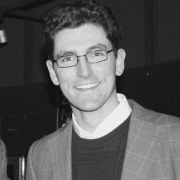The fascination for the macrocosm and the scales of the universe, as seen through astronomical observation, has continuously been a source of inspiration for visitors in science centres and museums. On the opposite end of the scale, microscope imaging techniques provide unique visualizations of microcosm and offer insights into a range of phenomena usually hidden from direct experience which are directly relevant to our lives. From Antonie van Leeuwenhoek’s single lens microscope of the 17th Century to present day super-resolution methods, microscopy has undergone a tremendous development for analytic imaging in micro and cell biology, material science, medical science and beyond. Today, intriguingly precise and compelling images, obtained through a range of microscopic methods, can be included in the scientific narratives and educational program of science centres. Yet, quite often only a small set of traditional optical instrumentation are being used in practice.
This interdisciplinary panel, composed of professionals from science centres/museums, academia and industry, will talk over a series of questions on the present state-of-the-art in microscopy, the potential of modern microscope imaging techniques and their application in the science center context. Which methods are presently being used in academic research, and which areas of scientific education can be covered? Which new and innovative visitor experiences can be developed? Which models for the collaboration between science centres and academic/industrial partners can be established? And which methods are attractive while remaining both financially and operationally sustainable?
The topic of this exhibit and operations oriented session is a first for an Ecsite Conference, and will be addressing an audience of practitioners in informal science education with experience in imaging as well as newcomers to this field who are seeking to strengthen their contacts with academic partners.


